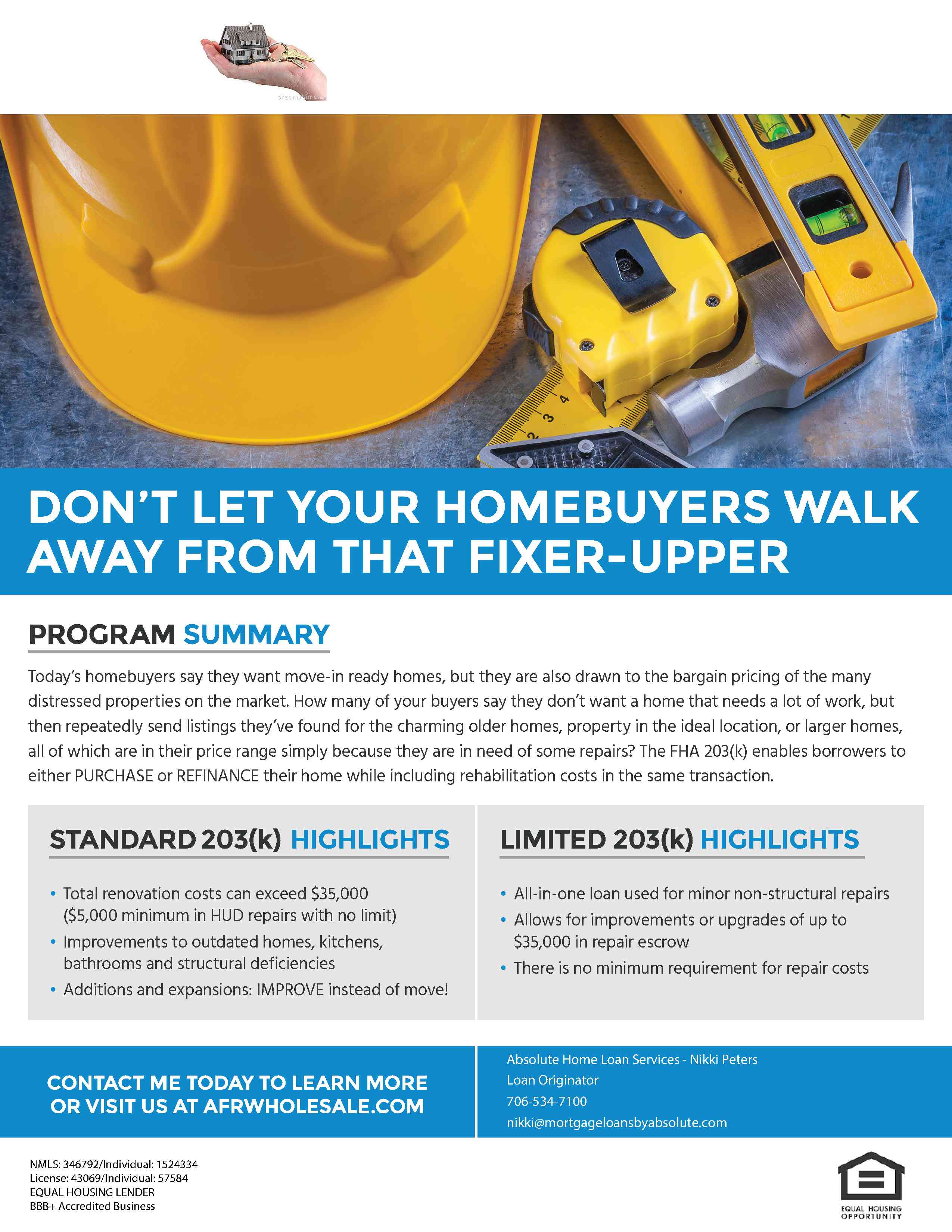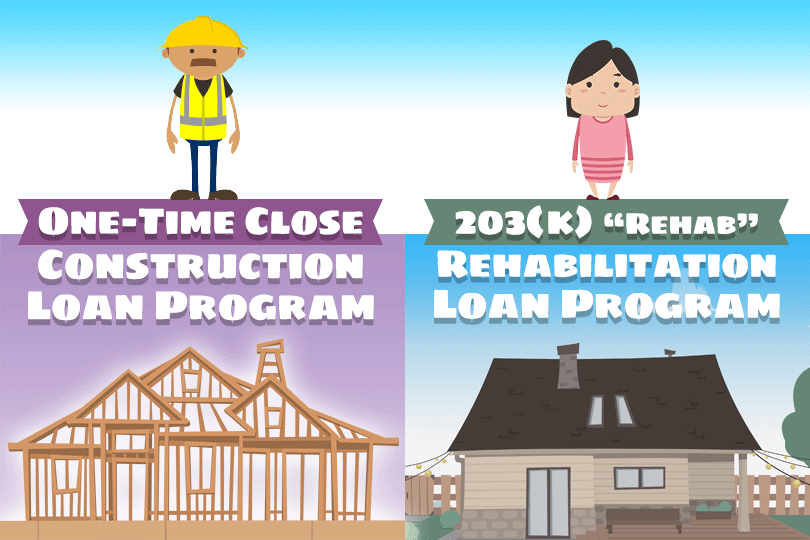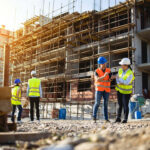Rehabilitation mortgages are a great option for homeowners who want to make much-needed improvements to their property. Whether you’re looking to add an addition, remodel the kitchen, or replace the roof, a rehabilitation mortgage can help you finance the project and increase your home’s value. Learn more about what a rehabilitation mortgage is, how to qualify, and the benefits of taking out one of these loans.
What Are the Different Types of Rehabilitation Mortgages?

When it comes to financing your home renovation project, there are several different types of rehabilitation mortgages available. These loans are designed to help you finance the cost of repairs, updates, and renovations to your home. The most popular type of rehabilitation mortgage is the FHA 203(k). This loan is designed for homebuyers and homeowners who are looking to make improvements or repairs to their existing home. This loan can be used to purchase a home and finance repairs, or it can be used to refinance an existing mortgage and finance repairs. Another popular type of rehabilitation mortgage is the HomeStyle Renovation Mortgage. This loan is offered through Fannie Mae and allows you to finance both the purchase price of the home and the cost of renovations. Finally, the FHA 203(k) Streamline Rehabilitation Mortgage is a loan option specifically designed for homeowners who are looking to make minor repairs or improvements to their existing home. This loan is an excellent option for those who need to make repairs quickly, as the process is much simpler and faster than a traditional FHA 203(k) loan.
What Are the Advantages of a Rehabilitation Mortgage?

A rehabilitation mortgage is a great way to make your dream home come true without breaking the bank. With a rehab mortgage, you can get a loan to cover the cost of repairs and renovations, meaning you won’t have to pay out of pocket to make your home just the way you want it. One of the greatest advantages of rehab mortgages is that they have lower interest rates than traditional loans, so you can save money in the long run. Another benefit is that you don’t have to worry about having the cash to make repairs up front. Instead, you can use the loan to fund the repairs as you go, and you can pay it back over time. All in all, a rehabilitation mortgage is a great way to make your dream home a reality!
How Can You Qualify for a Rehabilitation Mortgage?

Qualifying for a rehabilitation mortgage is no easy feat. You’ll need to meet a few key requirements in order to get approved. First, you’ll need to have good credit and a reliable source of income. Your income should be stable and able to cover your mortgage payments. You’ll also need to provide proof of your ability to pay for the costs associated with the renovation. Additionally, you’ll need to show that you have the funds to cover any repairs or upgrades needed to make the property liveable. Finally, you’ll need to provide proof that the renovation is necessary and that the property is worth the investment. With all of these requirements met, you’ll be well on your way to getting approved for a rehabilitation mortgage.
What Are the Costs and Fees Associated with a Rehabilitation Mortgage?

When deciding to take out a rehabilitation mortgage, it’s important to be aware of the costs and fees associated with the loan. Generally speaking, the costs of a rehabilitation loan are similar to those of a standard mortgage, including origination fees, appraisal fees, and closing costs. Additionally, the borrower will likely be responsible for any repairs and improvements that need to be made to the property. Depending on the scope of the project, these costs can range from thousands to tens of thousands of dollars. It’s important to factor these costs into the budget when considering a rehabilitation mortgage, as they will significantly impact the total amount of the loan.
What Are the Risks of Obtaining a Rehabilitation Mortgage?

When it comes to taking out a rehabilitation mortgage, there are some risks that you should be aware of. First of all, if you’re not careful with the repairs and renovations, you could end up wasting your money. It’s important to make sure that you’re getting the most bang for your buck, and that you’re not overspending on unnecessary repairs. Additionally, if you’re not careful with the budgeting process, you could end up taking out more money than you can afford to pay back. This could end up hurting your credit score and making it difficult to get financing for future projects. Lastly, if the repairs or renovations don’t add value to the property, you could end up losing money instead of making a profit. It’s important to do your research and make sure that you’re making the best decisions for your investment.




